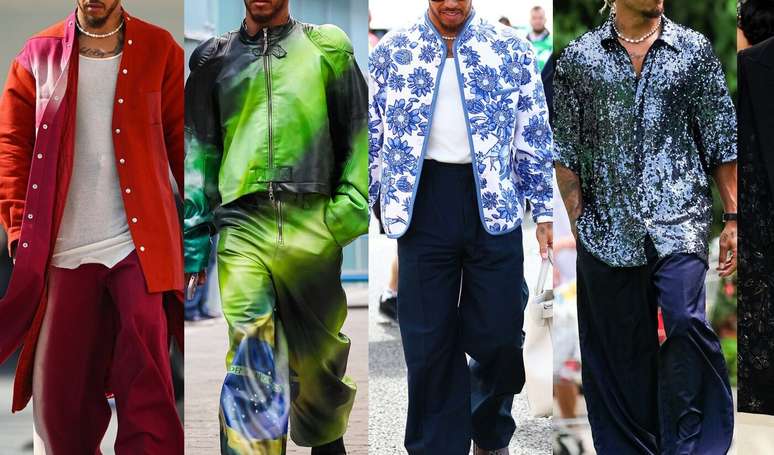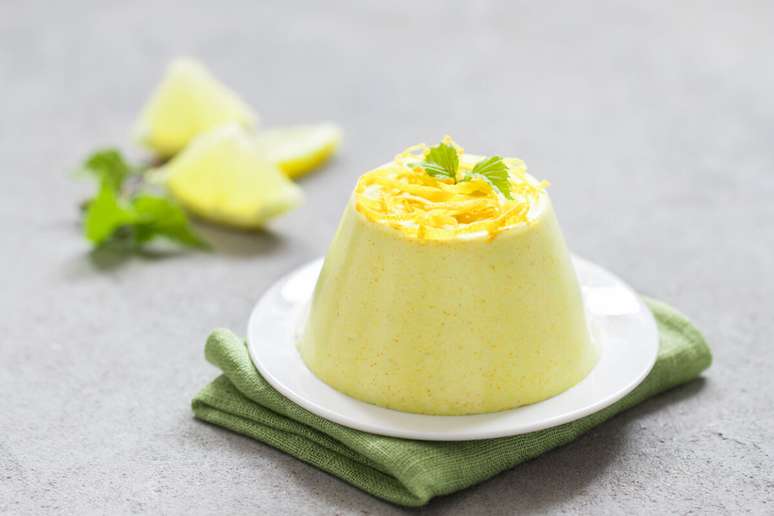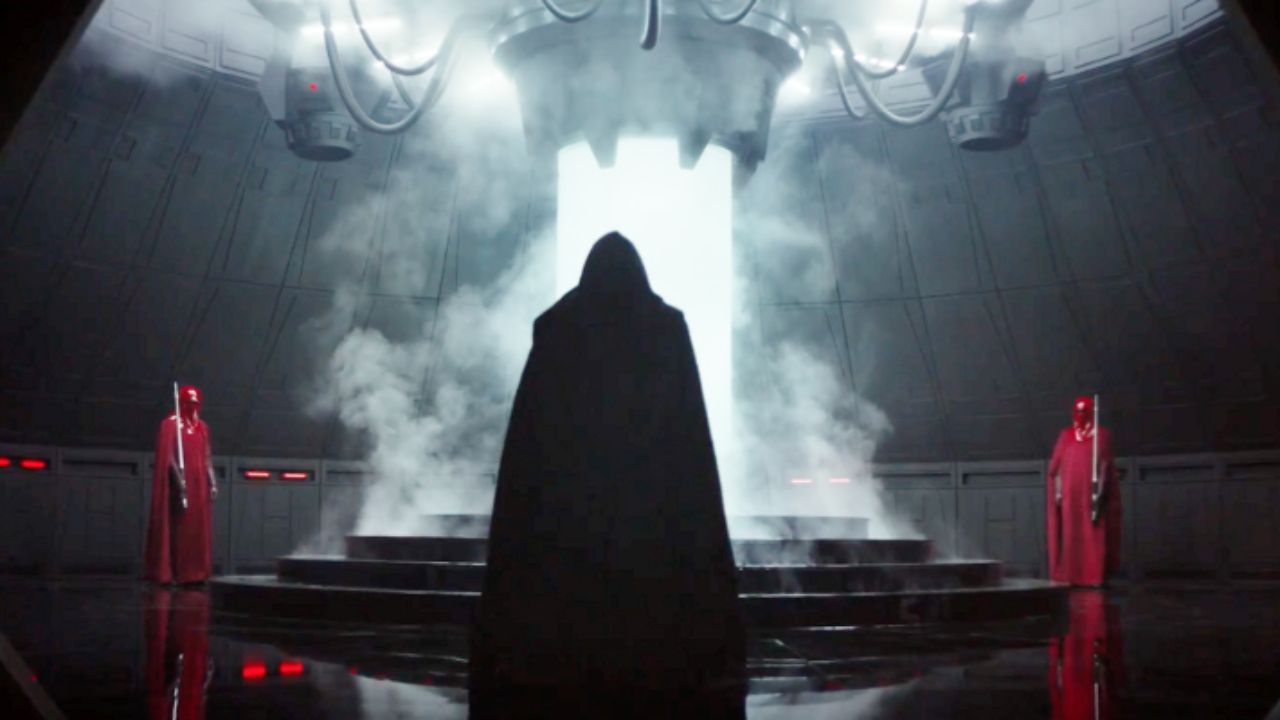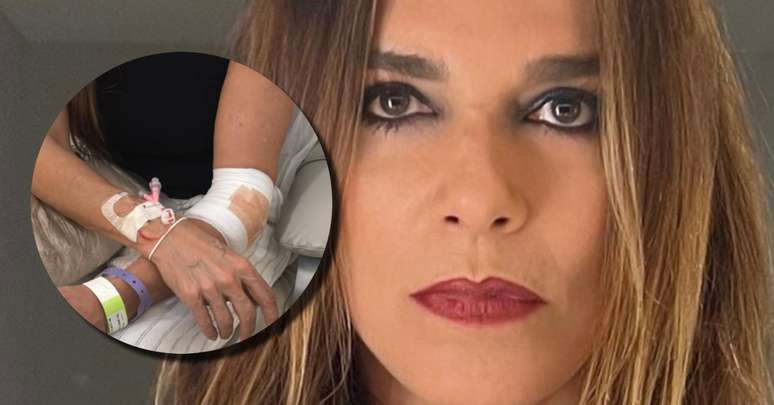Bleach may have been the most used product in your grandmother’s closet. But that doesn’t mean you have to follow his lead.
Let’s start with the basics: not only are there restrictions on using bleach on various materials, but it cannot be mixed with vinegar, ammonia, rubbing alcohol, and acetone. If you break this taboo, you risk serious harm from toxic substances that will be released during the chemical reaction.
Remember the main rule of safe cleaning? Next, let’s move on to the list of things that cannot be cleaned with bleach – here are some tips from professional cleaners worth considering.
What not to clean with bleach
Stainless steel and other metals
Are you considering using bleach to disinfect a stainless steel pan, a dirty aluminum pan that has been in the oven for several days, or cutlery that you didn’t wash right away? Professionals advise abandoning this idea.
“Bleach has a major drawback: it can oxidize and corrode metals. This will quickly make them dull, and over time, rust will appear on the surface, says Tonya Harris, author of The Green Method: Detoxifying Your Home May Be Easier Than You Think.
ADVERTISING – CONTINUED BELOW








-skpkapp10p5t.jpg)

